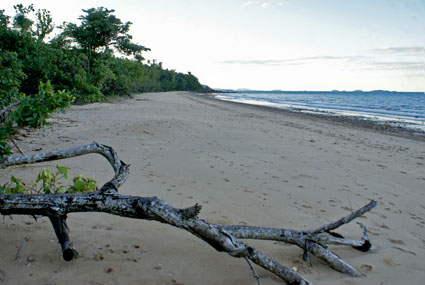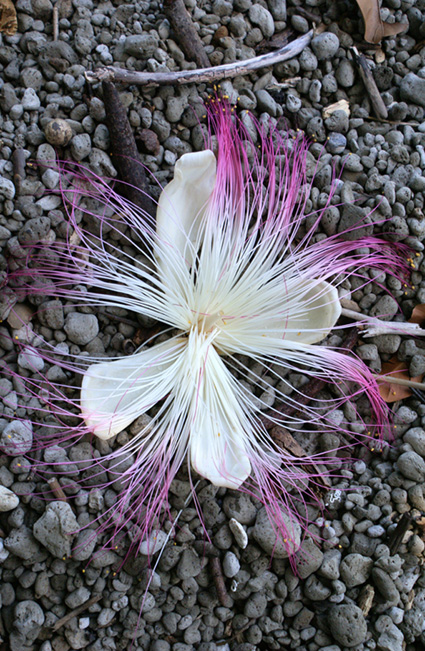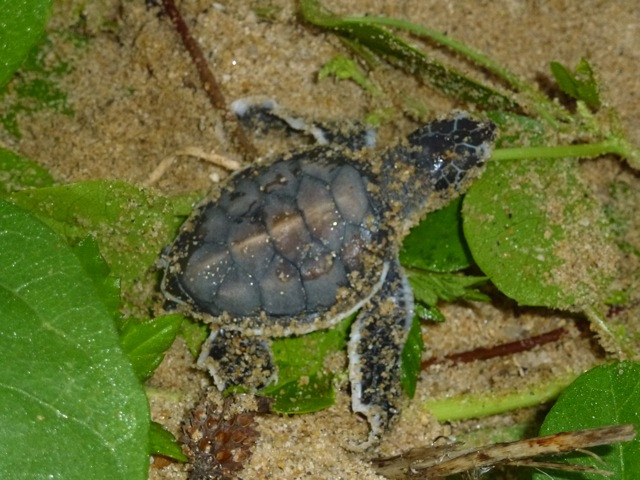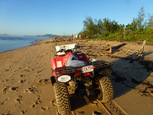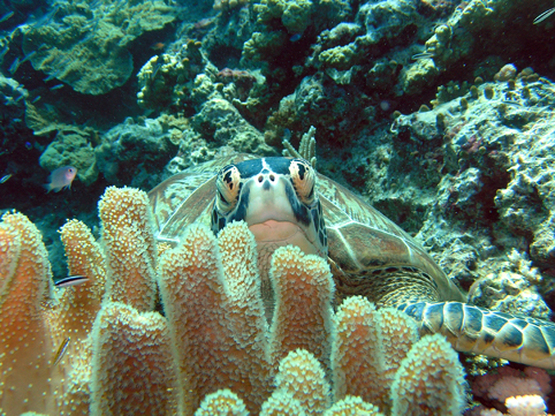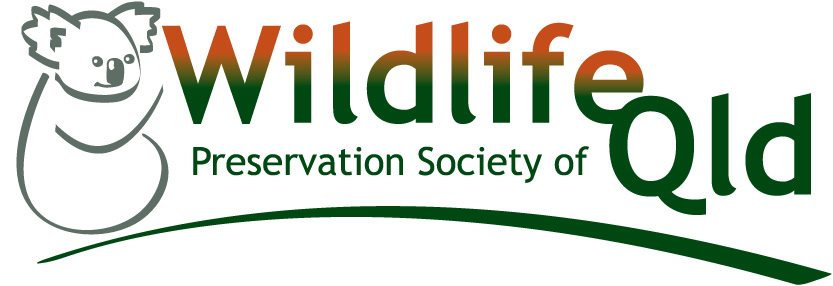| WILDWATCH: by ANNE WILKINSON. The exquisite beaches of the Cassowary Coast are often in the news, both for good and, sadly, sometimes for bad reasons. Whatever the cause, the fact remains this region can boast some of the most beautiful beaches, even after Cyclone Yasi, in Australia. |
It is believed all life originated from organisms in the sea. Wandering the tide line and observing all the different life forms washed up is always fascinating. Each tide brings a million stories and a million facts to learn about them – and often facts to learn about we humans, too. Each piece of smoothed glass, worked wood, tangled fishing line or net or the remains of a sad oiled bird has messages about our way of life.
| But an interesting thing about beaches which it is all too easy to forget when simply admiring them is that apart from such interventions from our world a beach, like everything else in nature, is a system designed to keep everything in it going ahead nicely. The washed up shells housed creatures on which other creatures have fed. The rotting seaweed is both food and shelter for beach-living creatures hunted by sea birds and tiny crabs. Driftwood becomes shelter then, as it gradually disintegrates, food. Seeds which are washed in either geminate or are eaten, immediately or eventually once they have disintegrated. The rock pools, replenished each tide by fresh water carrying a supply of food from the ocean are each little self-contained worlds, all different, all fascinating and beautiful. |
| | On a beach, as in all parts of the wild world, everything matters because it is useful to something or many things. Even the huge old beach trees toppled by Cyclone Yasi, to us sad reminders of what was a catastrophic event, are useful to a myriad of life forms as homes, shelter, food and places to hide from danger. They are sad and untidy, but valid and important and many of them are regenerating well. |
| Of course another beautiful thing about living here in the Cassowary Coast is having turtles nesting on some of our beaches – something these creatures have done for aeons, as turtles ready to lay eggs instinctively return to the beach where they were hatched. From when a hatchling struggles from its buried egg and up through the sand to the beach, braving hungry gulls and other predators in its flippery rush to the sea, it will be some 30 years before it returns to lay. The news at the moment seems all bad for northern turtles. |
Turtles, which breathe air, are being trapped in fishing nets, and floating bloated after having eaten plastic rubbish. The list goes on.
And the turtles, which depend upon the beaches for their next generation, do need help and consideration. They just don’t have the words to ask us for restraint.
